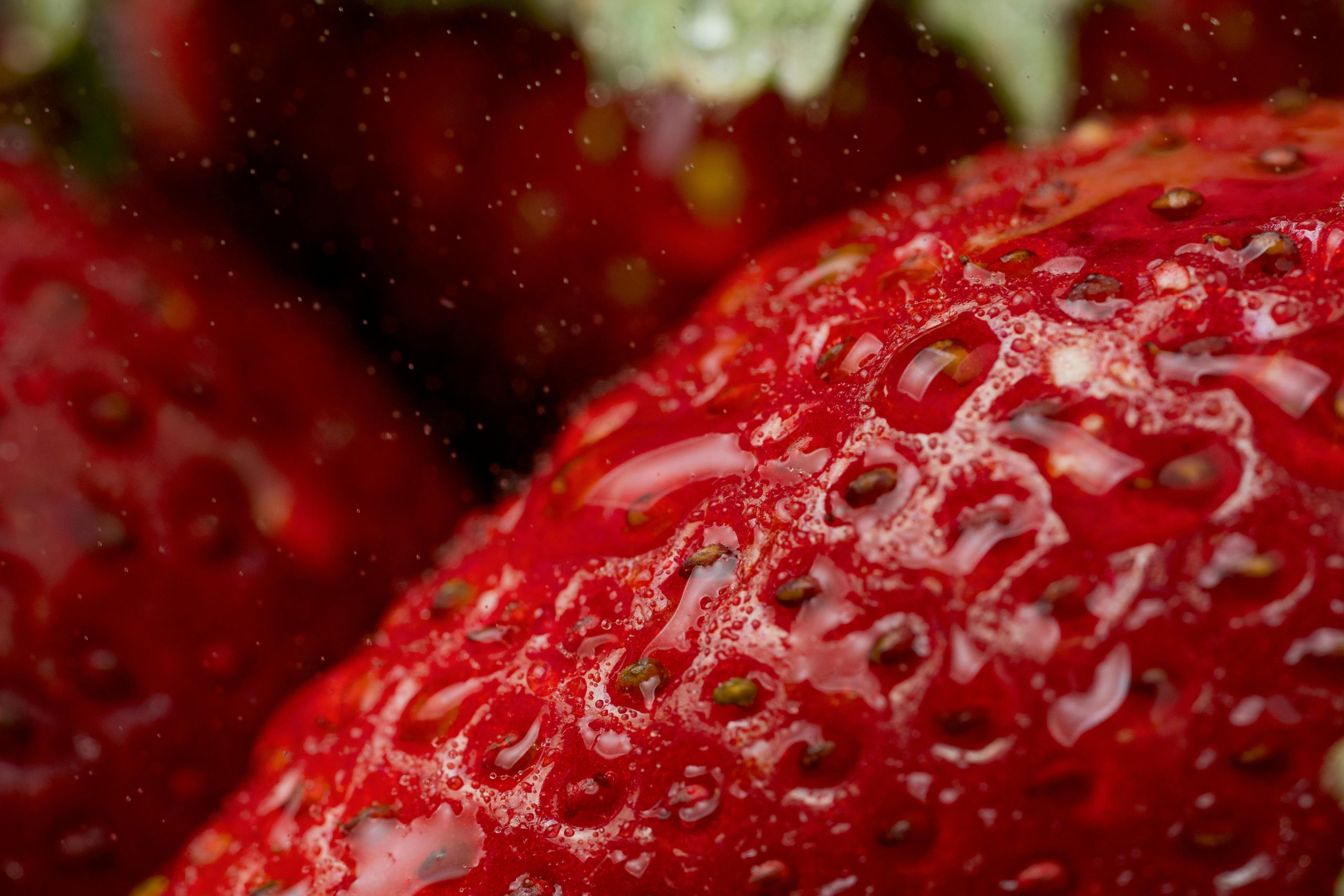Grocery stores work hard to present their products, especially perishables like produce and meat, in the most appealing way possible. Freshness is a key selling point, driving purchases and customer satisfaction. While most merchandising practices are legitimate and helpful, some techniques aren’t. These methods might make items appear fresher, higher quality, or more vibrant than they truly are, potentially misleading shoppers. Being aware of these potential “tricks” helps consumers become more discerning, relying on careful inspection rather than just visual cues. Here are six methods stores might use that can sometimes fake freshness.

Image Source: Pexels
1. Strategic Use of Bright, Color-Enhancing Lighting
Lighting is a powerful tool in retail presentation. Produce sections and meat counters often utilize specific types of bright lighting carefully chosen to enhance the natural colors of the food displayed beneath them. Red meats appear a more vibrant red; leafy greens look greener and lusher under specialized bulbs. While this doesn’t alter the food itself, this strategic illumination creates a more appealing visual impression. It can potentially make items look fresher or higher quality than they might appear under different, less flattering lighting conditions found at home.
2. Regular Misting of Produce Sections
Those fine sprays of water over leafy greens, herbs, and other vegetables serve a primary function: preventing dehydration under store lights and air conditioning. However, the mist also provides a significant cosmetic benefit. It gives produce a temporary dewy, plump, just-harvested appearance that is visually appealing. This layer of moisture can sometimes mask slight wilting or make items seem crisper than they are. While helping maintain hydration, the enhanced appearance might lead shoppers to perceive greater freshness than reality, especially once the surface moisture evaporates.
3. Trimming, Re-arranging, and Re-Packaging Older Produce
Stores naturally want to minimize losses from aging produce. Staff might trim the brown edges off lettuce or celery. They might remove outer, wilted leaves from cabbages. Berries might be sorted, with moldy ones discarded, and the remaining good ones repackaged (sometimes combining salvageable fruit from multiple containers). While removing inedible parts is practical, excessive trimming or selective repackaging can sometimes disguise produce that is near the end of its shelf life. Always inspect trimmed or repacked items carefully for underlying quality issues.
4. Using Coloring Agents or Gases on Meat (e.g., Carbon Monoxide)
Maintaining the appealing bright red color associated with fresh beef is a challenge, as meat naturally browns when exposed to oxygen. To counteract this, some processors package meat using a modified atmosphere containing carbon monoxide (CO). CO binds to myoglobin, locking in a red color even if the meat is aging or starting to spoil. While legal and deemed safe by regulators, consumer groups criticize this practice for masking an important visual cue of freshness. Always check dates and smell meat; don’t rely solely on color.
5. Artful Arrangement of Displays to Conceal Imperfections
Merchandising involves creating attractive displays. For produce like apples, oranges, or tomatoes, this often means placing the most perfect-looking specimens on the top layer, facing outward. Items with bruises, blemishes, soft spots, or less-than-ideal coloring might be strategically placed underneath or at the back of the pile. Shoppers quickly grabbing from the easily accessible top layer might not notice these imperfections until later. It’s always wise to gently inspect items from different parts of the display before selecting.
6. Strategic Management of Date Labels (“Best By,” “Sell By”)

Image Source: Pexels
Grocery stores manage inventory using date labels like “Sell By” (for the store) and “Best By” (for peak quality). Stores naturally place items with earlier dates at the front of shelves to encourage their sale first (stock rotation). While necessary for inventory management, this means the most convenient items are often the oldest. Additionally, relying solely on a distant “Best By” date might obscure the fact that an item (while safe) has been in the supply chain or on the shelf for a considerable time, impacting peak freshness compared to newer stock potentially behind it.
Trust Your Judgment Beyond Visual Tricks
Grocery stores utilize various merchandising techniques designed to present products attractively and manage inventory efficiently. While many practices are standard, some, like specific lighting, misting, trimming, certain meat treatments, display arrangements, or date management, can sometimes create an illusion of peak freshness. As a consumer, it’s important to look beyond the curated presentation. Use all your senses – inspect items closely for texture and blemishes, check dates carefully, understand color additives in meat, and trust your own judgment about quality. Critical observation remains your best tool for assessing true freshness.
Have you noticed any merchandising techniques that seem designed to enhance perceived freshness? What specific things do you look for to gauge the true quality of produce or meat? Share your tips below!
Read More
These 6 Stores Have The Best Fresh Fruits In The U.S.
4 Ways to Tell How Fresh The Products Are On Grocery Shelves


